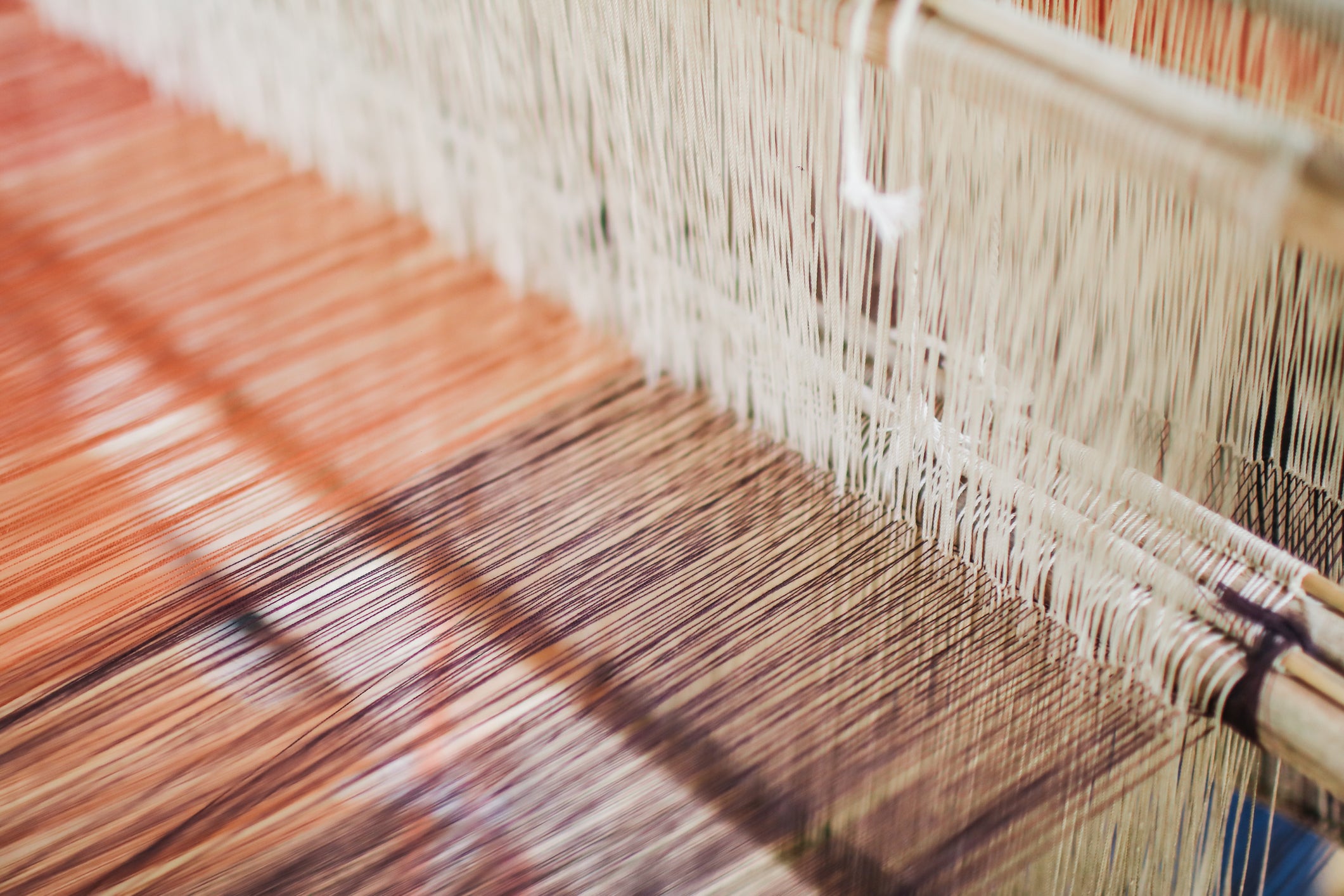
This year’s Hot Button report underlines a clear trend in the shift to next-gen production with Canopy noting that MMCF producers are eager to match brands’ commitments to be at the forefront of the next-gen textile revolution.
According to the report, this year 54% of the global viscose supply is designated with green shirt status.
Canopy believes next-gen has the potential to displace millions of tonnes of forest fibre, adding that fashion and apparel companies such as Inditex/Zara, Mara Hoffman, PVH, and H&M are already championing next-gen textiles and integrating them into their commercial lines.
The report details there are now nine established commercial lines of Next Gen made with discarded textiles, four more than in 2021: Birla’s Liva Reviva, Daiwabo’s Recovis, Lenzing’s Refibra, Sateri’s Finex, Tangshan Sanyou’s Revisco, Yibin Grace’s ReGracell, and Xinxiang Chemical Fiber’s Eco-Bailu, including select offerings from E.Miroglio which contain recycled cotton fibre. Eastman’s Naia ES Renew has launched a transitional Next Gen fibre as well.
Nicole Rycroft, Canopy’s founder and executive director, said: “We are pleased to report that green shirt producers now significantly outnumber those who continue to present known risk of sourcing from Ancient and Endangered Forests. Congratulations to all of the green shirt producers for their leadership and it is exciting to witness the upswing in Next Gen adoption. The future of fashion is here, and it is decidedly lower carbon and Next Gen.”
What is the Hot Button report
The report identifies risk of man-made cellulosic fibre (MMCF) producers sourcing from high-carbon forests and leadership in Next Gen production — and points to other important data needed for informed purchasing, including ZDHC’s work on chemical processing.

US Tariffs are shifting - will you react or anticipate?
Don’t let policy changes catch you off guard. Stay proactive with real-time data and expert analysis.
By GlobalDataIt is the primary fibre sourcing analysis tool for the fashion sector that focuses on forests.
Canopy pointed out that with the growth in “green shirt” producers, brands striving to meet their Scope 3 goals and comply with the recent EU Deforestation Regulations now have a greater choice of Next Gen options when sourcing from the majority of the world’s MMCF producers, and can be confident that they are unlikely to be sourcing at the expense of the world’s most climate critical forests.
How does shirt allocation work
Canopy’s scoring system in the report is based on the number of “buttons” producers have earned for each step taken toward improved forest sourcing; total “buttons” result in an overall shirt score. This score is given out of 40.
The non-profit explained the Hot Button green shirt rating indicates that MMCF producers do not have a high risk of sourcing from Ancient and Endangered Forests. However, producers that continue to have red in their shirts — be it in combination with other colours or full red — are assessed to present high risk of sourcing from Ancient and Endangered Forests.
Key highlights of the 2023 Hot Button report
- This year 20 of the world’s MMCF producers, or 71%, are now rated green shirt — they represent a full 54% of global production.
- Top performers are Aditya Birla with the highest score, Lenzing with the second-highest, and Tangshan Sanyou and Xinxiang Chemical Fiber (Bailu) tied for third.
- There has been a doubling of commercially available next-gen MMCF lines in the past 24 months.
- Volumes of pulp in the Next Gen trials are higher this year compared to last year, and some producers are making improvements to their facilities to enable processing of larger volumes of MMCF fibre containing Next Gen pulp.
- Three additional MMCF producers attained a green shirt rating in 2023: Formosa, Nanjing Chemical Fibers, and Shandong Hongtaiding. Two of the already well-established green shirt producers have achieved the coveted dark green shirt, Yibin Grace and Acegreen — and several more are now on the cusp.
- Producers representing 78% of global MMCF production signed onto a letter to all member states of the Parties of the Convention on Biological Diversity, urging that they fully implement last year’s framework to protect at least 30% of the world’s land area by 2030.
- Four producers now use 90% or more FSC-certified wood fibre, and 57% of producers have increased their use of FSC-certified fibres over last year.
Canopy added that these report’s findings come as major players in the CanopyStyle initiative, now at 550 brands representing one trillion USD in annual revenue, are deepening their commitment to next-gen and forest conservation.



